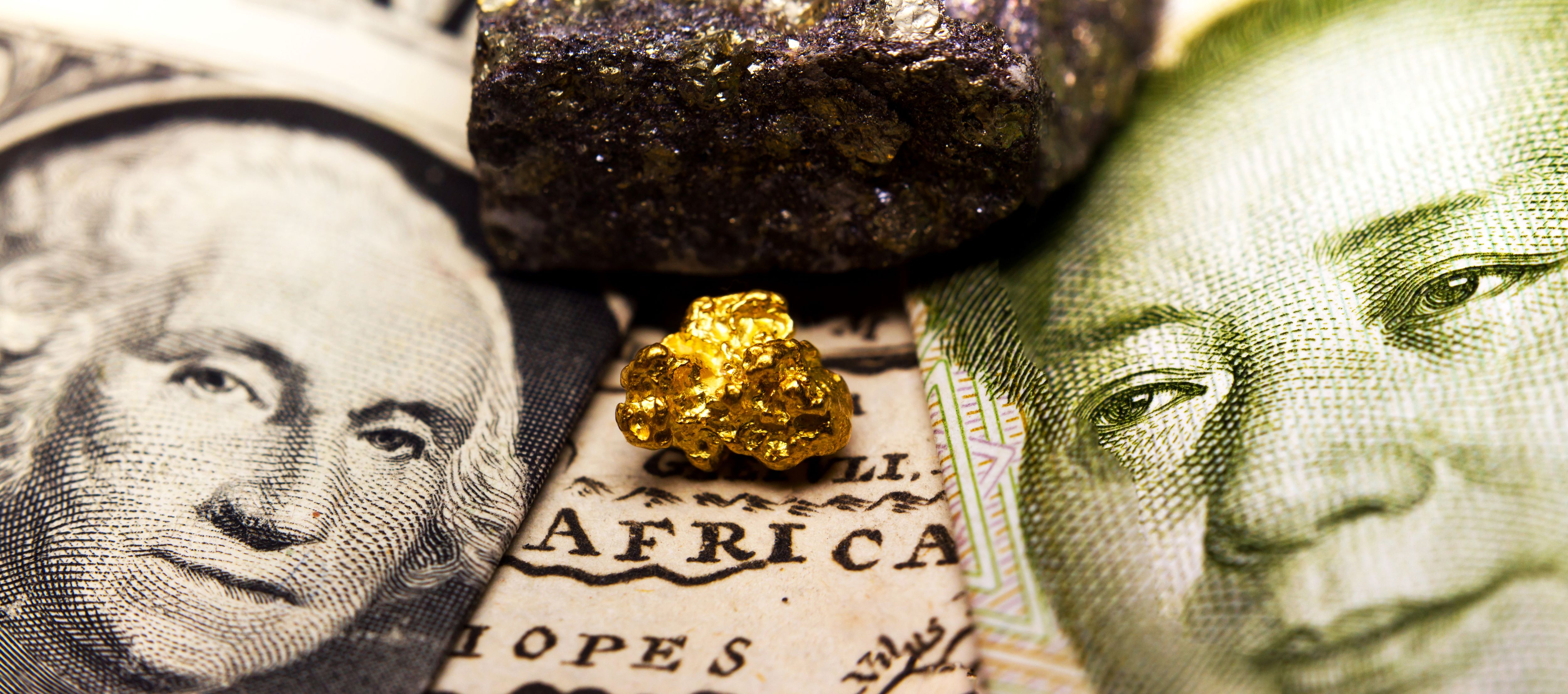
The IOE&IT Daily Update continues its series examining the commodities we depend on in the global economy. This week we look at rare earth metals.
Rare earth metals (REM) are a group of 17 elements that are in increasing demand for a range of modern electronic devices.
In 2021, global demand reached 125,000 metric tons, and is expected to more than double to 315,000 tons by 2030. And to get a sense of growing demand, it is worth noting that in 2021, the world mined 280,000 metric tons of REM, which is 32 times as much as was mined in 1951.
They are used in electronics, renewable energy technology and in defence products, making REMs politically and economically crucial.
China problem
According to S&P Global, the rapid development of emerging industries such as electric vehicles, wind power, industrial robots and high-end manufacturing that all rely on REM, has made them a sought-after commodity for governments around the world.
China dominates the market with 60% of global production and 85% of processing capacity and strictly manages the supply of REMs via quotas, reports Brookings.
This monopoly of rare earths means that the EU imports 98% of its REM from China, while the US imports 78%.
Considering growing geopolitical tensions, the US and G7 allies are seeking to reduce their reliance on China and are exploring potential new REM trading partners.
New sources
Africa is one source whose full potential in rare earths remains largely untapped. But scaling up exploration is critical for enabling the identification and extraction of these elements.
Several rich deposits have been found, but development costs are high.
Another possible source is Norway, where a study has found a “substantial” amount of metals and minerals, ranging from copper to rare earths, on the seabed of its continental shelf, reports CNN Business.
Norway is considering whether to open its offshore areas to deep-sea mining, a process that requires parliamentary approval and has sparked environmental concerns.
Swedish find
In January, Swedish mining company LKAB reported that it had found Europe’s largest deposit of rare earth oxides in the country’s far north.
The find of nearly one million metric tons of REM is being seen as a key part of Europe’s supply chain shift from China, Forbes reports.
US policy
It was only in the mid-1990s, when America entered recession and China flooded the global market, that the modern REM supply chain emerged.
The US is now moving more rapidly to re-establish its lost dominance, with the Biden administration tackling the issue through initiatives to secure the US supply chain for domestic rare earth and battery-making minerals. But this may be a case of too little, too late.
Canada is also aiming to overtake China, with the government there attempting to speed up the process and take advantage of one of the largest deposits of rare earth oxide, according to CNBC.
Not enough recycling
Recycling could satisfy as much as a quarter of the demand for rare earth, reports Science News, but there are technical, economic and logistical challenges to this at the moment.
Only about 1% of rare earth elements in old products are recycled, as a lot of REM are blended with other metals during production and are difficult to process as a result.
Looking to the future
With new and potential sources of REM – such as the Swedish find – not due to be in production for 10-15 years, according to the BBC, it will be difficult to sideline China in this area for some time.
Sweden alone cannot realistically replace Chinese REM. Because China has more than just raw deposits. While it accounts for 36.7% of the world’s REM reserves, it also handles 63% of REM mining capacity, and over 90% of refining capacity.



